In 1626, the Dutch East India Company bought an island called Manhattan from the Algonquin Indians. The name is believed to mean “Hilly Island,” an amalgam of the Indian words “mannah,” or island, and “hatin,” or hill. Dutch settlers then founded the city of New Amsterdam. The island came under English possession in 1664 and it was renamed New York in honor of the Duke of York, brother of King Charles II. During the American Revolution, British troops took control of Manhattan Island and Long Island. Despite countless battles and fierce fighting in the area, the British held all of New York City and Long Island until the war’s end in 1783. New York became the first capital of the United States in 1789, but it was replaced by Philadelphia, where the Declaration of Independence was signed, in 1790. In the 19th Century, great numbers of immigrants left Europe to seek their fortune in America. They came from Ireland, Germany, Italy, Scandinavia, and Eastern Europe, and many of them settled in New York. In less than a century, New York’s population leapt from 25,000 to over a million.
The boroughs of Bronx, Brooklyn, Staten Island and Queens were created around Manhattan toward the end of the 19th Century. Two icons of New York – the Brooklyn Bridge and the Statue of Liberty – were erected. The city began to grow vertically. The skyscrapers that make the New York skyline so distinctive were built in the early 20th Century. The Chrysler Building and the Empire State Building are among the most well known from this period. At the same time, mass movements of African Americans from the south gave New York America’s largest urban black population. After World War Two, new waves of immigrants fleeing Europe increased the city’s population to over seven million. In the following decades, New York established itself as one of the world’s major economic and cultural centers. New York became home to the headquarters of the United Nations, the New York Stock Exchange and Broadway. The 1980s were the years of the Big Apple. At the threshold of the millennium, New York was a metropolis with eight million inhabitants. But the third millennium began with tragedy for New York: on September 11, 2001 two airliners hijacked by terrorists crashed into the famous twin towers of the World Trade Center, killing nearly 3,000 people.
The boroughs of Bronx, Brooklyn, Staten Island and Queens were created around Manhattan toward the end of the 19th Century. Two icons of New York – the Brooklyn Bridge and the Statue of Liberty – were erected. The city began to grow vertically. The skyscrapers that make the New York skyline so distinctive were built in the early 20th Century. The Chrysler Building and the Empire State Building are among the most well known from this period. At the same time, mass movements of African Americans from the south gave New York America’s largest urban black population. After World War Two, new waves of immigrants fleeing Europe increased the city’s population to over seven million. In the following decades, New York established itself as one of the world’s major economic and cultural centers. New York became home to the headquarters of the United Nations, the New York Stock Exchange and Broadway. The 1980s were the years of the Big Apple. At the threshold of the millennium, New York was a metropolis with eight million inhabitants. But the third millennium began with tragedy for New York: on September 11, 2001 two airliners hijacked by terrorists crashed into the famous twin towers of the World Trade Center, killing nearly 3,000 people.
RELATED


VIENNA


HIP HOP
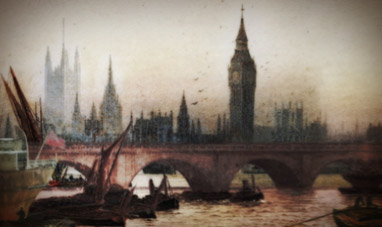

LONDON
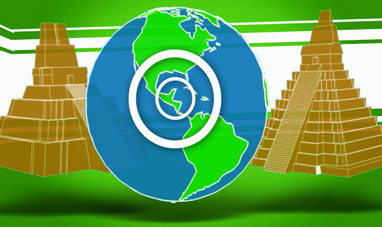

MAYAN MONUMENTS: UXMAL, TIKAL AND PALENQUE


SHEPHERD'S PIE


ARAB CUISINE


BRAZIL


LIVER ALLA VENEZIANA


JAPANESE CUISINE


CHINESE CUISINE


SHRIMP RISOTTO


AMSTERDAM


MADRID
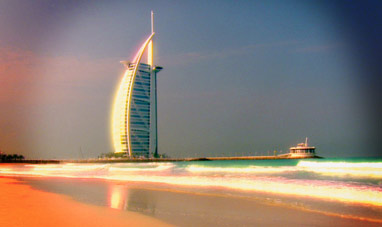

DUBAI


SWEET AND SOUR PORK
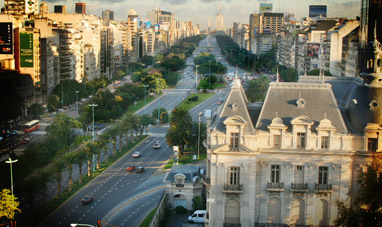

BUENOS AIRES


ROMAN-STYLE ARTICHOKES


EGYPTIAN CUISINE


CHOCOLATE SALAMI
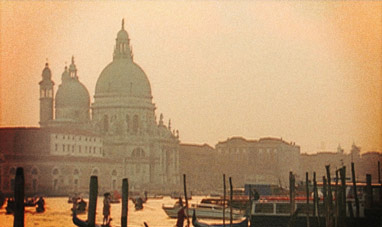

VENICE


PARKS


SEPPIOLINE WITH PEAS


PASTA CACIO E PEPE
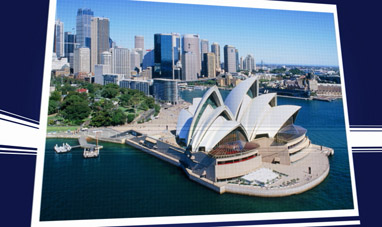

SYDNEY OPERA HOUSE


MOSCARDINI WITH PEAS


VODKA
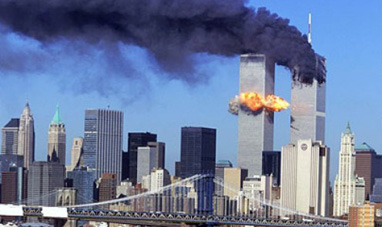

SEPTEMBER 11, 2001
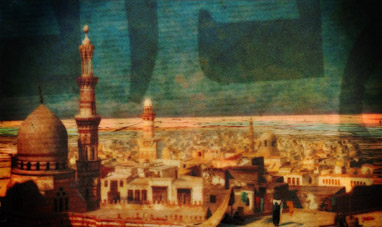

BAGHDAD
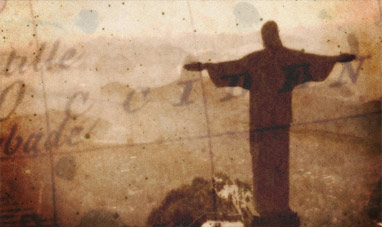

RIO DE JANEIRO
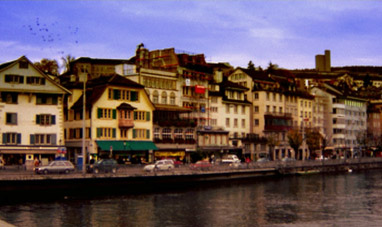

ZÜRICH
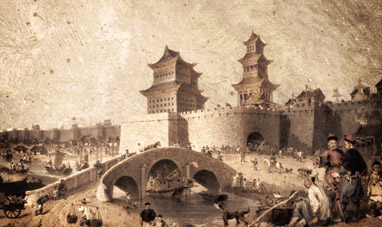

BEIJING
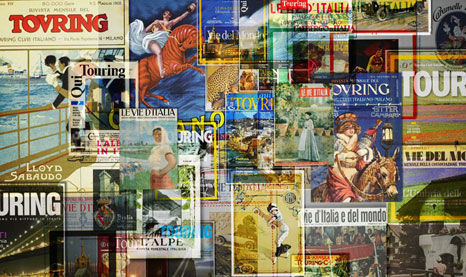

ITALIAN TOURING CLUB
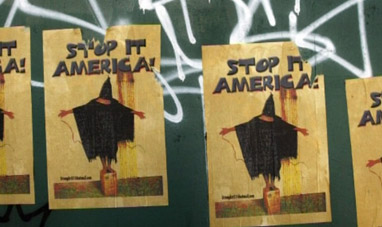

THE ABU GHRAIB SCANDAL


GREEK CUISINE


HAGIA SOPHIA


CARIBBEAN CUISINE
